
Toyota Corolla

Model Overview
The Toyota Corolla proves a car doesn't have to be fast or fancy to become a household name. Four decades of strong sales have established the Corolla as a paragon of efficient and reliable transportation in its sedan and hatchback forms. In North America, the Corolla has made the odd foray into sporty territory, but it's telling that one of the model's most significant developments is its first-ever hybrid option in the redesigned 2020 model.
Photos




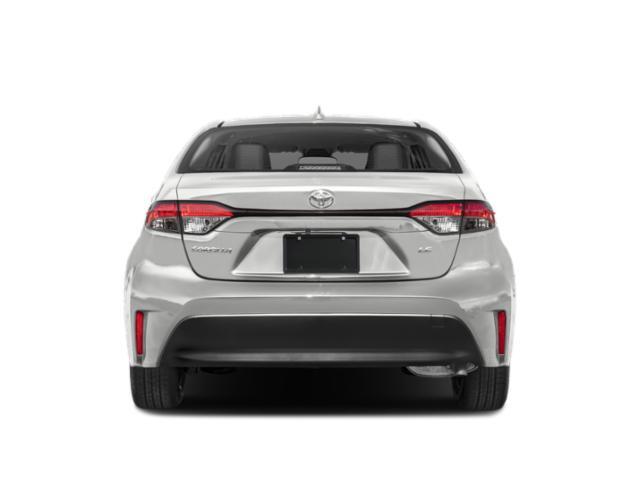
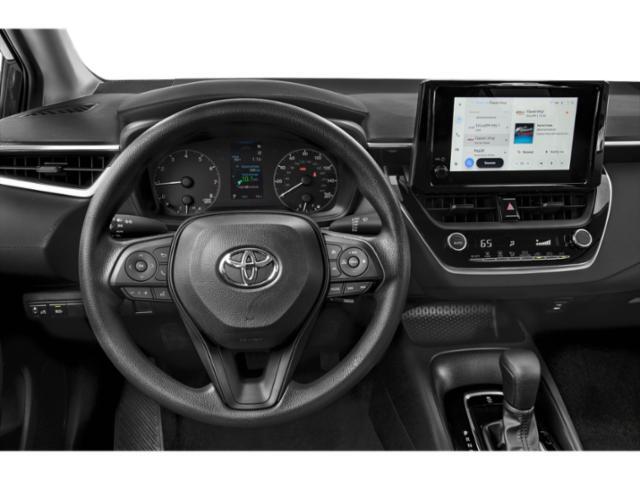
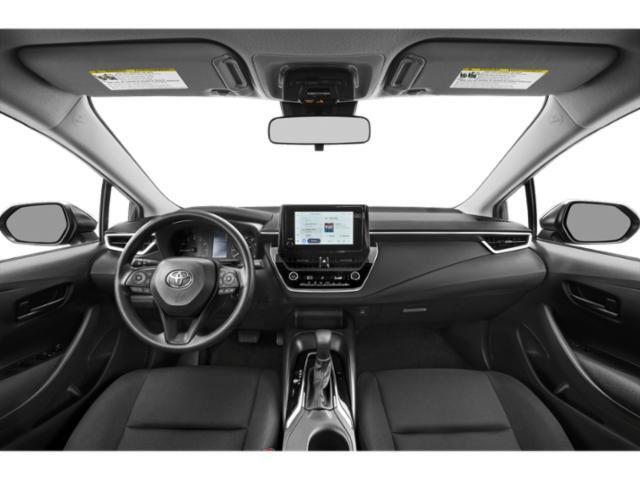


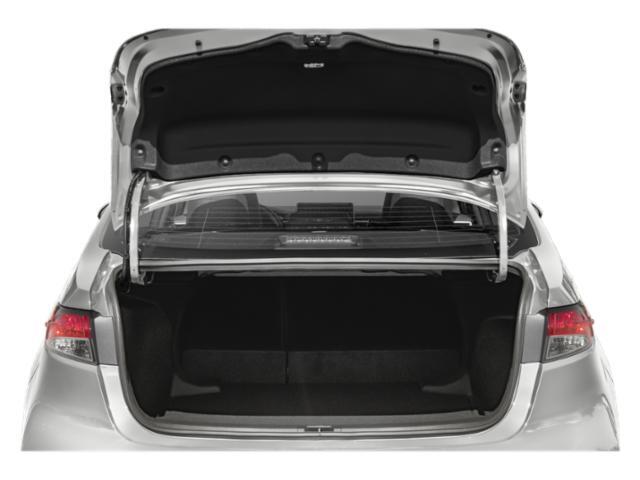
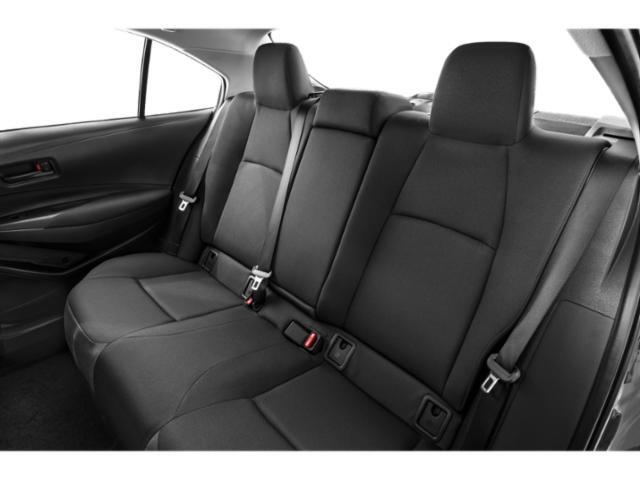
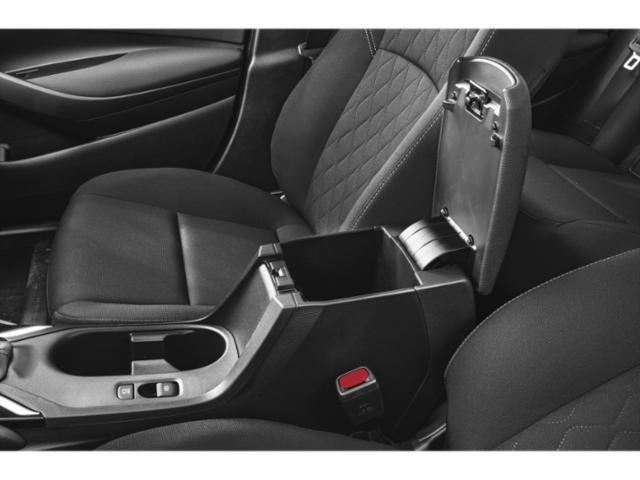
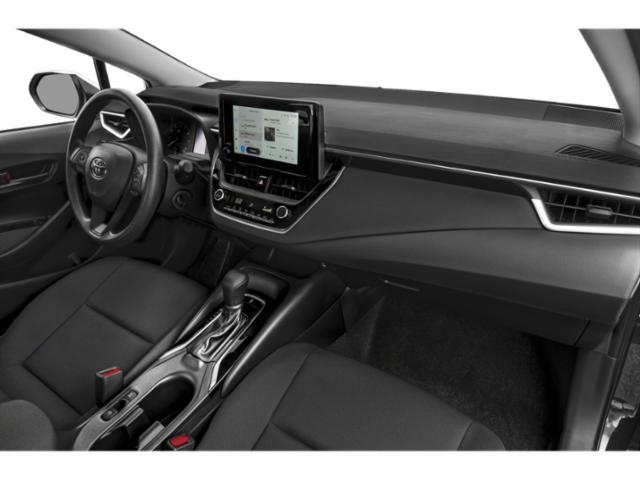





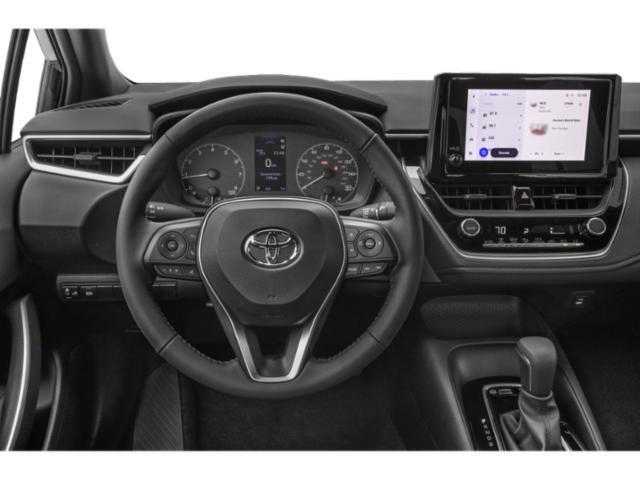
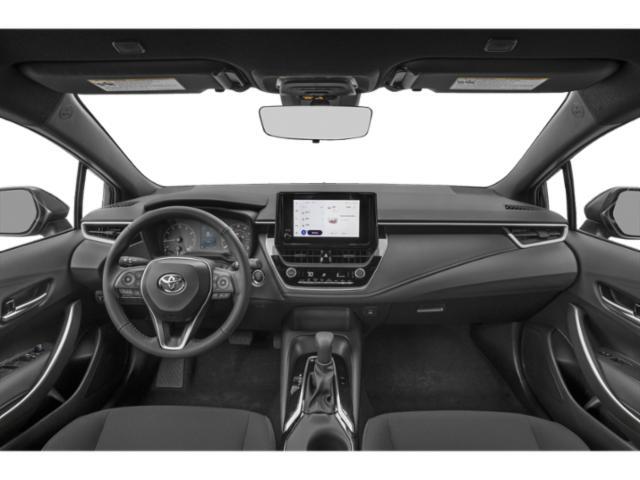
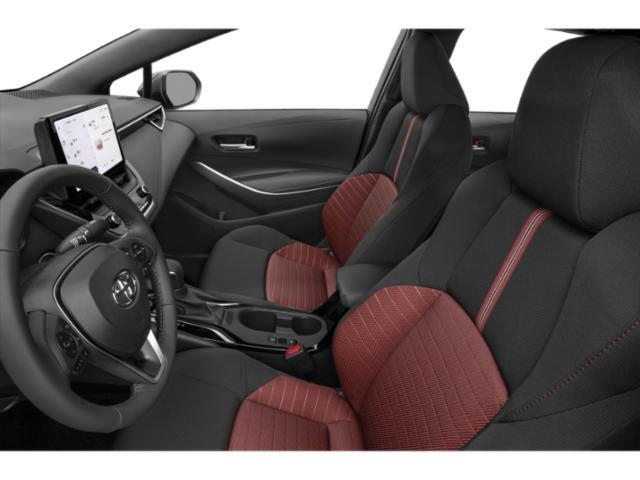

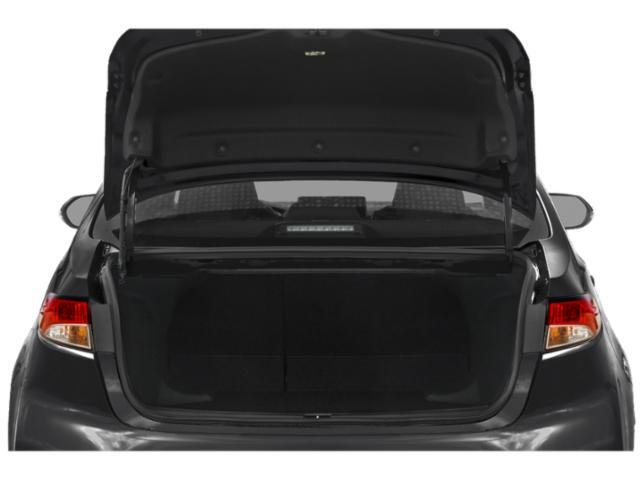
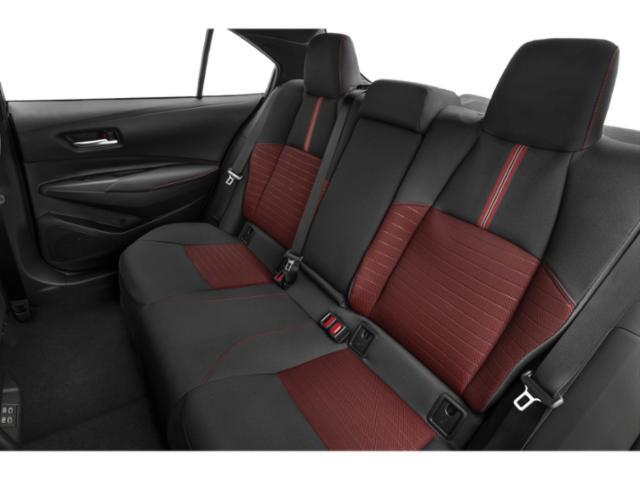
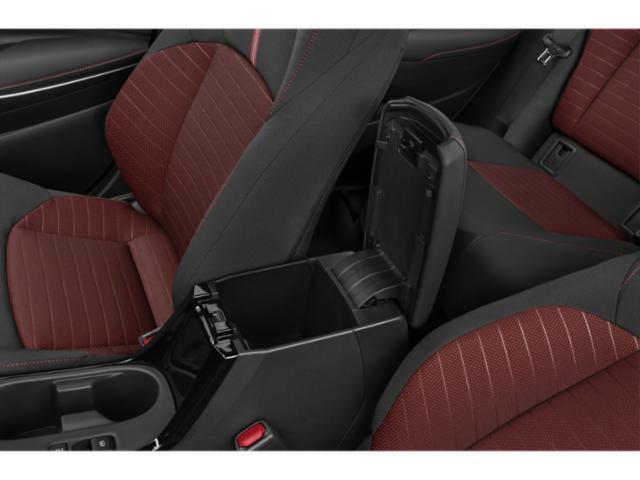
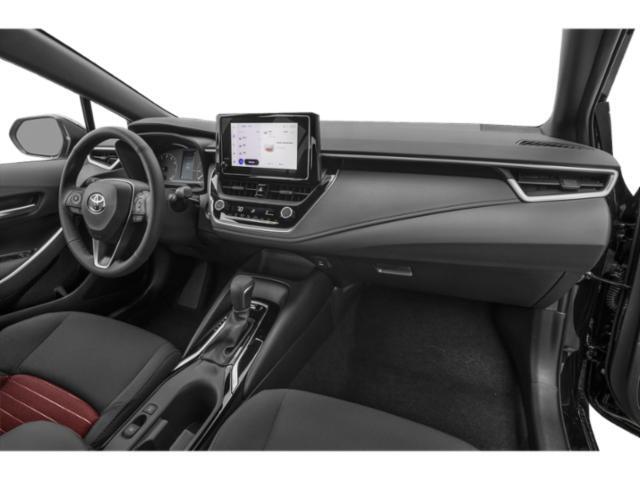




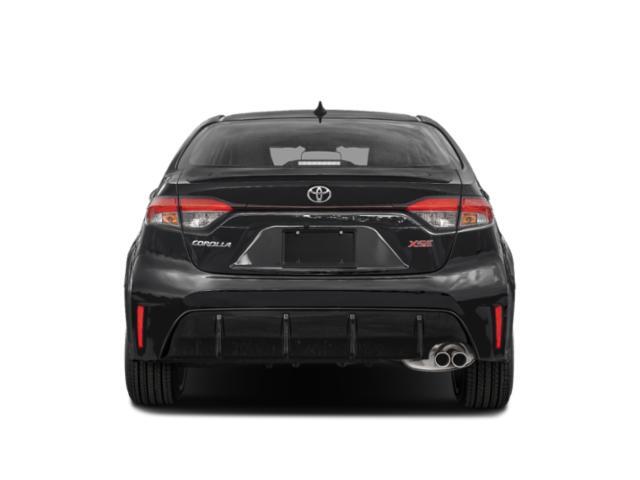
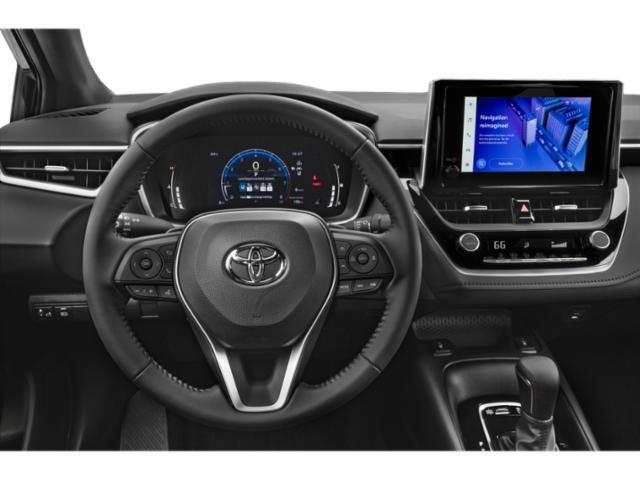

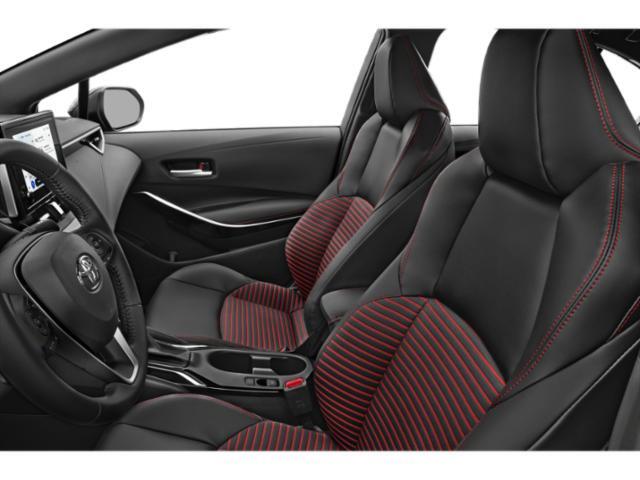
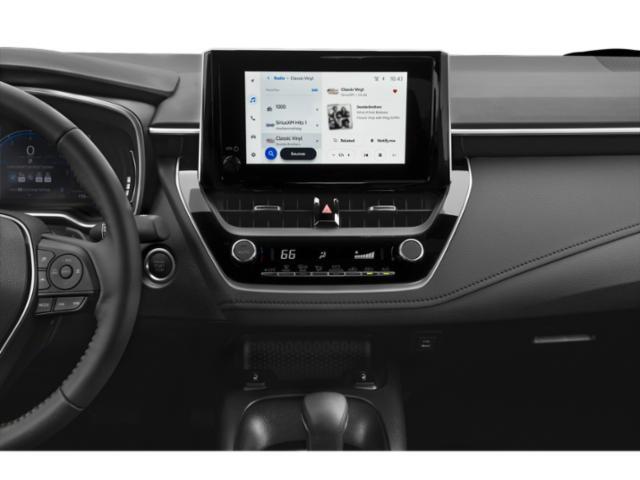

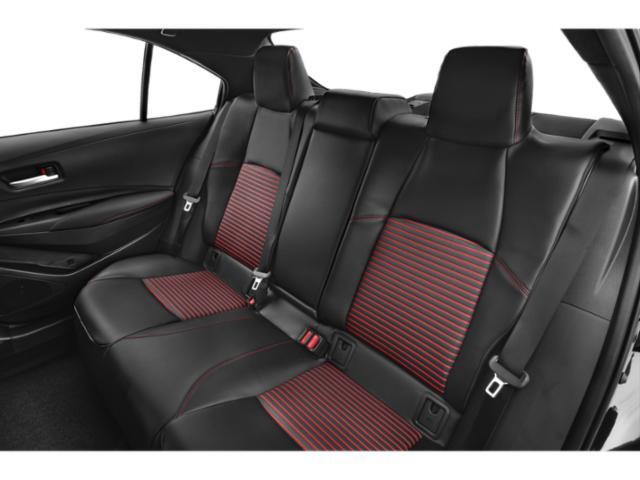
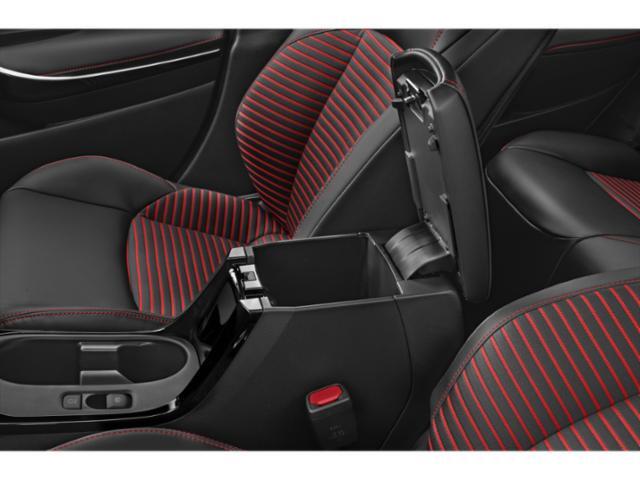
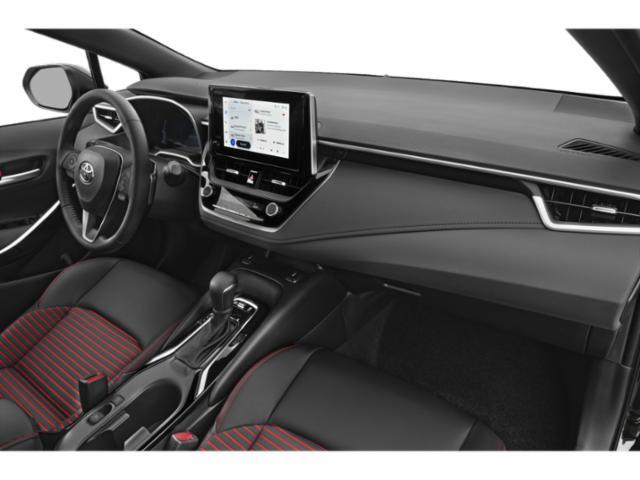






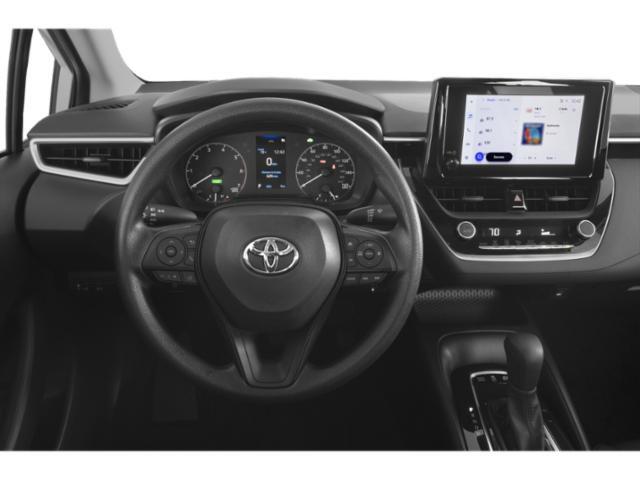
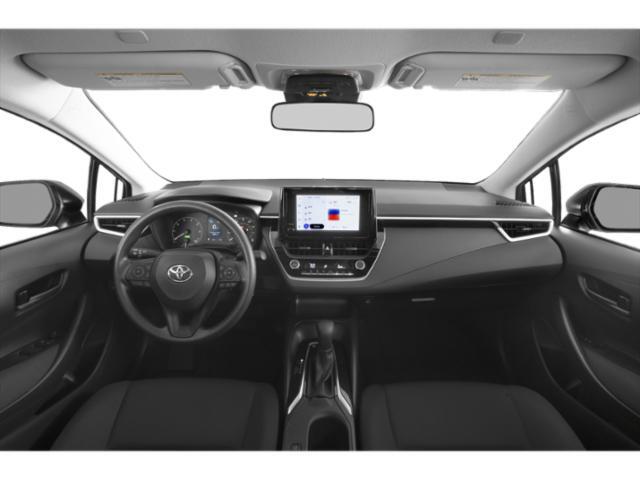
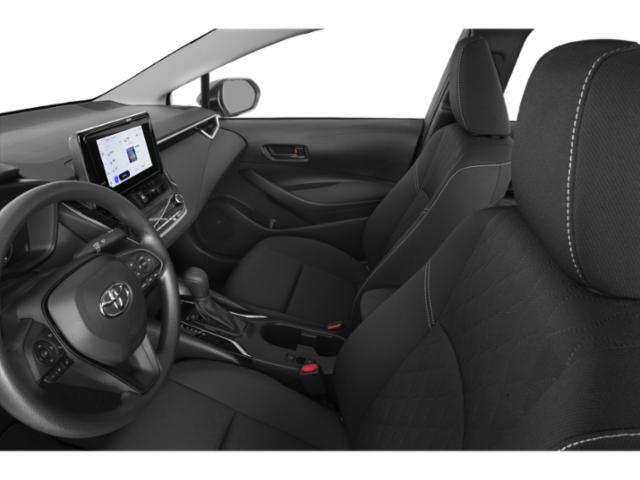
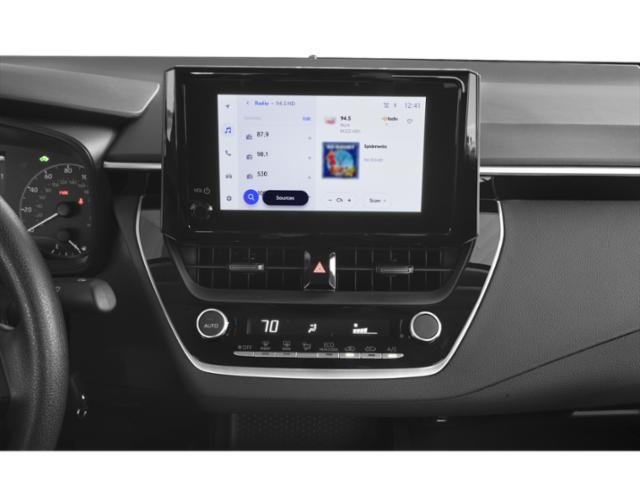
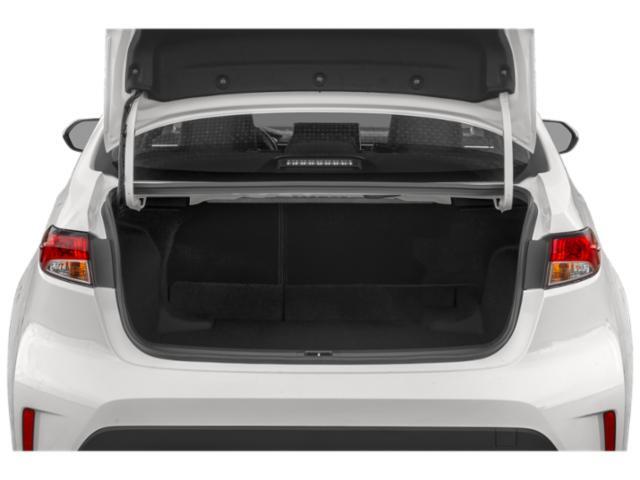
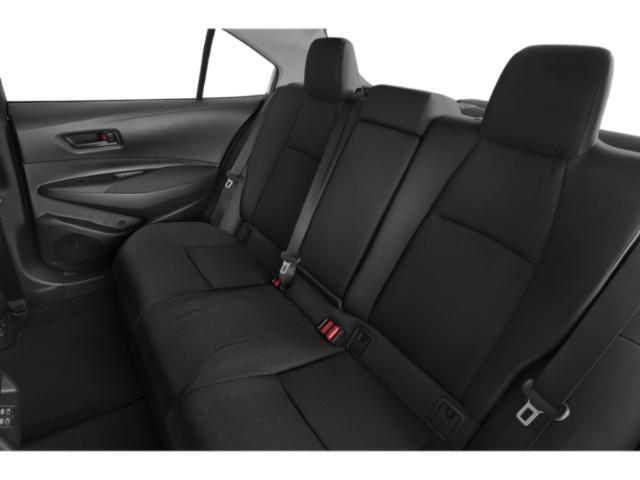
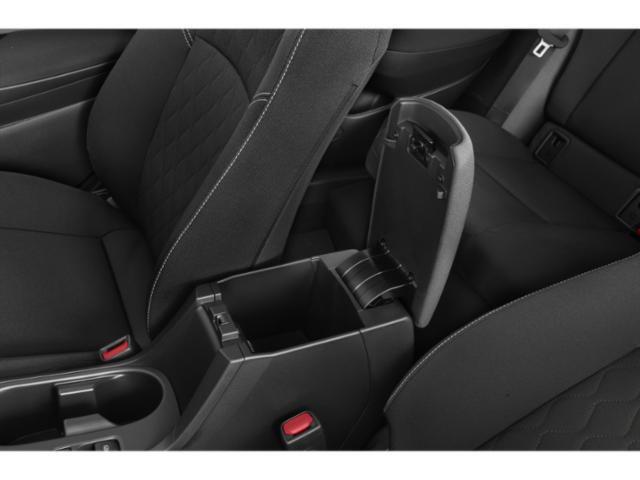
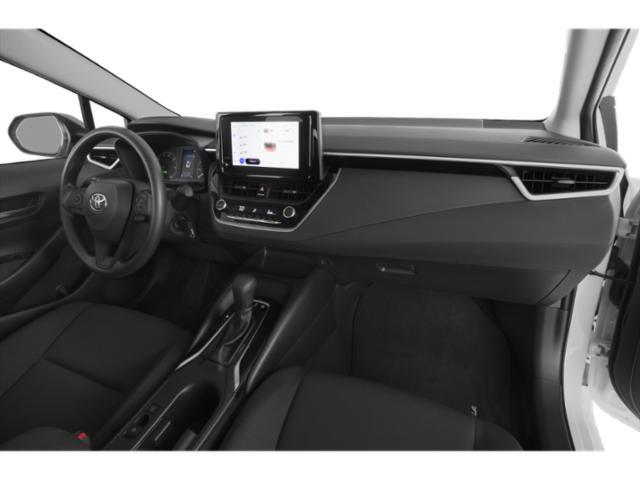



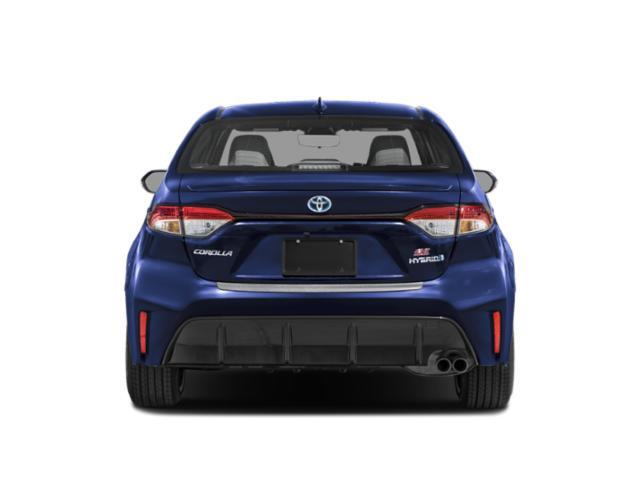
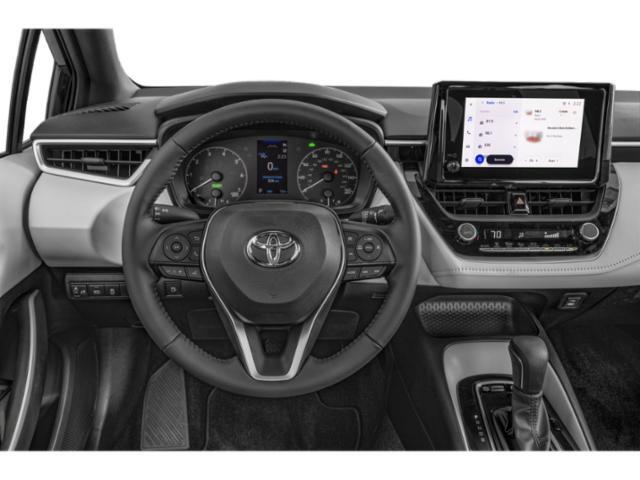
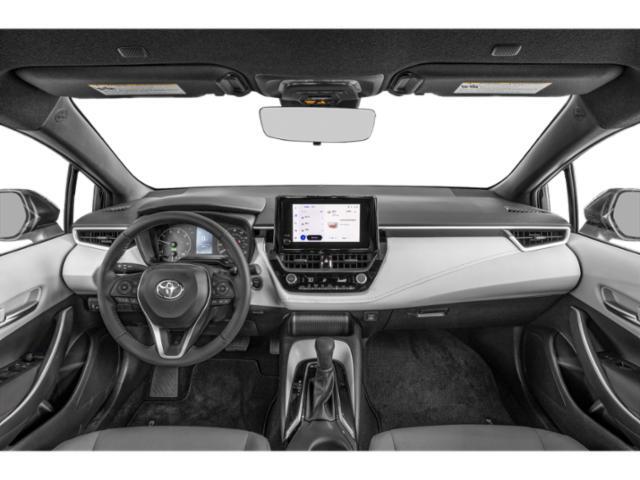
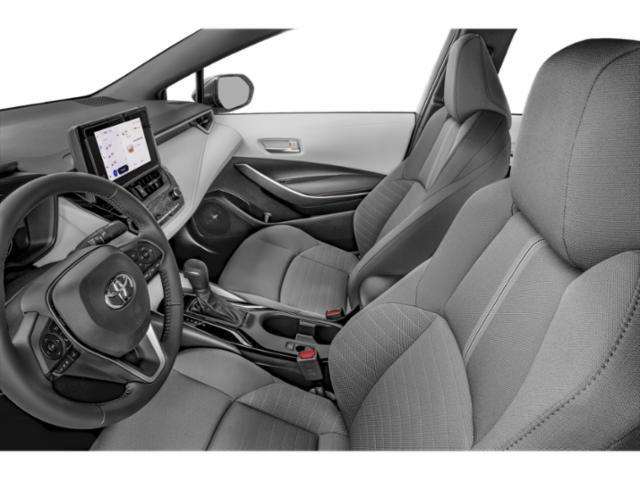
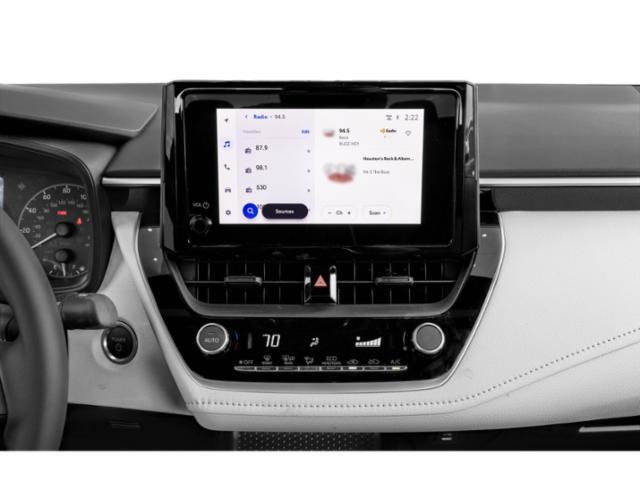
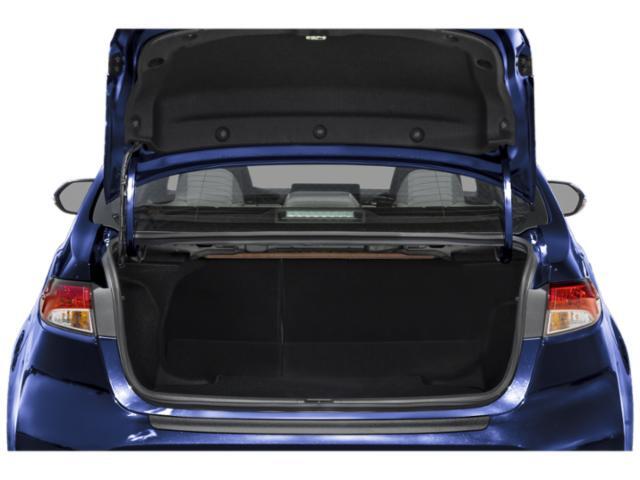
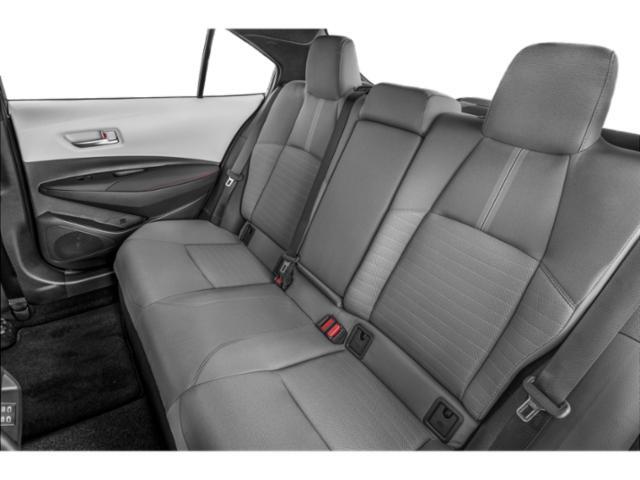
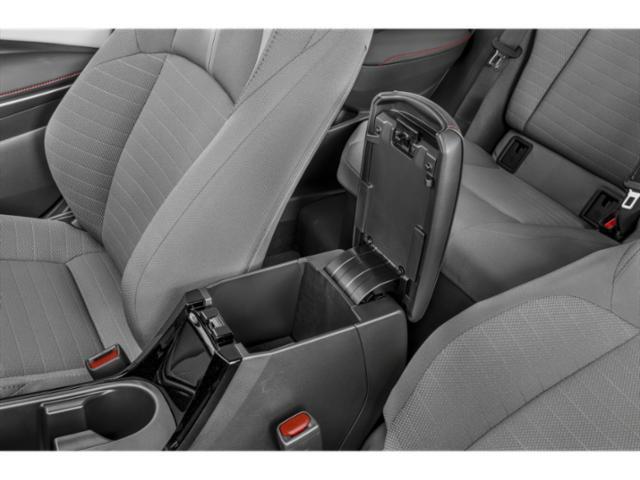
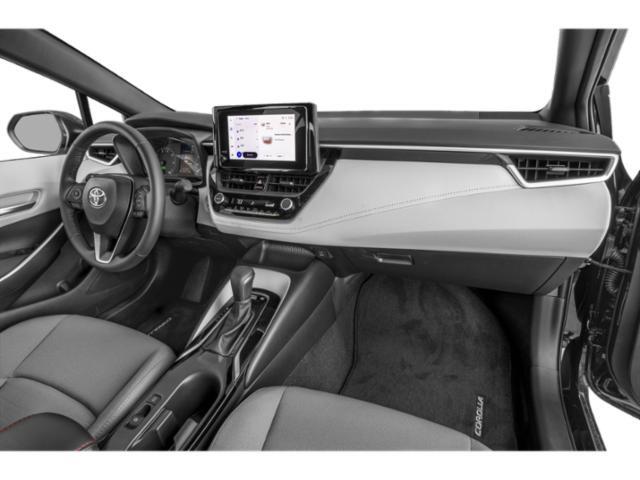

































































Reviews and News
Owner Scores
Comfort
N/A
Performance
N/A
Fuel Economy
N/A
Interior Design
N/A
Exterior Styling
N/A
Reliability
N/A
Owner Reviews
Mat3763
Good Quality, Sporty, Reliable Car
December 01, 2018
SE 6m
Overall Score
Never a strange noise when staring. Great Warrenty. Exceptional Service intrevals. Great Quality at a good price. Excelent Safety features.
Comfort
10
Performance
10
Fuel Economy
10
Interior Design
10
Exterior Styling
10
Reliability
10
Recall Information
* Data provided by Transport Canada
Recall number
Recall date
System affected
Model year(s) affected
Recall number
2025-242
Recall date
2025-05-06
System affected
Airbag
Model year(s) affected
2023
Manufacturer Recall Number:
SRC RF2
Units Affected:
7,441
Notification Type:
Compliance Mfr
Issue:
On certain vehicles, the steering wheel spiral cable assembly could disconnect. If this happens, the airbag (SRS) warning lamp would turn on, and the driver-front airbag wouldn't work in a crash. This may also cause the horn or other steering wheel-mounted controls not to work properly.
Note: This recall replaces Transport Canada recall no. 2023-386. Vehicles that were repaired under that recall don't require this repair.
Safety Risk:
An airbag that doesn't work properly could increase the risk of injury in a crash.
Corrective Actions:
Toyota will notify owners by mail and advise you to take your vehicle to a dealership to inspect the production date of the spiral cable assembly, and replace it if necessary.
Recall number
2025-037
Recall date
2025-01-29
System affected
Airbag
Model year(s) affected
2023
Manufacturer Recall Number:
SRC RJ5
Units Affected:
31
Notification Type:
Compliance Mfr
Issue:
On certain vehicles, the inspection completed by a Toyota dealer during recall SRC RF2 (Transport Canada recall no. 2023-386) may not have been done correctly. As a result, a second inspection is required.
On certain vehicles, the steering wheel spiral cable assembly could disconnect. If this happens, the airbag (SRS) warning lamp would turn on, and the driver-front airbag wouldn't work in a crash. This may also cause the horn or other steering wheel-mounted controls not to work properly.
Safety Risk:
An airbag that doesn't work properly could increase the risk of injury in a crash.
Recall number
2023-684
Recall date
2023-12-20
System affected
Airbag
Model year(s) affected
2020 2021
Manufacturer Recall Number:
SRC RF9 / SRC RG1
Units Affected:
99,965
Notification Type:
Safety Mfr
Issue:
On certain vehicles, a sensor for the occupant classification system (OCS) may not have been manufactured properly. As a result, the sensor could short circuit and cause the airbag system to turn off the passenger-front airbag even when a passenger is seated.
Note: This problem would cause a warning message to display on the instrument panel and the airbag indicator light would display "passenger airbag off".
Safety Risk:
An airbag that is turned off could increase the risk of injury to a passenger in a crash.
Corrective Actions:
Toyota will notify owners by mail and advise you to take your vehicle to a dealership to inspect and, if necessary, replace the OCS sensor.
Recall number
2023-386
Recall date
2023-07-12
System affected
Airbag
Model year(s) affected
2023
Manufacturer Recall Number:
SRC RF2
Units Affected:
7,018
Notification Type:
Compliance Mfr
Issue:
On certain vehicles, the steering wheel spiral cable assembly could disconnect. If this happens, the airbag (SRS) warning lamp would turn on, and the driver-front airbag wouldn't work in a crash. This may also cause the horn or other steering wheel-mounted controls not to work properly.
Safety Risk:
An airbag that doesn't work properly could increase the risk of injury in a crash.
Corrective Actions:
Toyota will notify owners by mail and advise you to take your vehicle to a dealership to inspect the production date of the spiral cable assembly, and replace it if necessary.
Recall number
2021-723
Recall date
2021-11-24
System affected
Accessories
Model year(s) affected
1998 1999 2000 2001 2002 2003 2004 2005 2006 2007 2008 2009 2010 2011 2012 2013 2014 2015 2016 2017 2018 2020 2021
Manufacturer Recall Number:
SRC XC8/XC9 / SRC RC8/RC9 / SRC RD1/RD2
Units Affected:
51,373
Notification Type:
Safety Mfr
Issue:
This recall is for certain block heater kits installed on certain vehicles or sold as accessories at Toyota or Lexus dealerships.
On certain vehicles, the engine block heater cable may not have enough heat protection and could be damaged by high temperatures. If this happens, the cable could short circuit while plugged in, and cause the wiring to overheat or melt.
Note: This recall only affects the following block heater/cord part numbers:
C014003034 PK5A408J09 PU14000904
C014003151 PK5A408J13 PU14000905
C014000885 PK5A489J11 PU14000907
C014000888 PK5A489J22 PU14000909
C014000907 PK5A410H00 PU14000911
C014100904 PU14000900 PU14000913
C014100907 PU14000901 PU14003571
C014100911 PU14000902
PK5A408J05 PU14000903
Safety Risk:
Engine block heater wiring that overheats or melts could create the risk of a fire.
Corrective Actions:
Toyota recommends that you should stop using the engine block heater immediately. Toyota will notify owners by mail and instruct you to take your vehicle to a dealer to disable the engine block heater. For some vehicles, the corrective actions for this recall are under development. For others, a new engine block heater cannot be installed, and the owner will receive a refund of the purchase price of the engine block heater.
Recall number
2020-514
Recall date
2020-10-28
System affected
Fuel Supply
Model year(s) affected
2018 2019 2020
Manufacturer Recall Number:
SRC RB3 & SRC RB4
Units Affected:
109,189
Notification Type:
Safety Mfr
Issue:
On certain vehicles, the low-pressure fuel pump could fail. If this happens, then engine may run rough or may not start and the check engine light may turn on. This could also result in a sudden loss of engine power while driving.
Note: This recall is an expansion of recalls SRC R95/SRC R96 and SRC RA2/SRC RA3 (Transport Canada Recall Numbers 2020-005 and 2020-088).
Safety Risk:
A sudden loss of engine power could increase the risk of a crash.
Corrective Actions:
The company will notify owners by mail and instruct you to take your vehicle to a dealer to replace the fuel pump.
Recall number
2020-088
Recall date
2020-03-04
System affected
Fuel Supply
Model year(s) affected
2018 2019
Manufacturer Recall Number:
SRC RA2 / SRC RA3
Units Affected:
111,835
Notification Type:
Safety Mfr
Issue:
On certain vehicles, the low-pressure fuel pump could fail. If this happens, then engine may run rough or may not start and the check engine light may turn on. This could also result in a sudden loss of engine power while driving.
Safety Risk:
A sudden loss of engine power could increase the risk of a crash.
Corrective Actions:
The company will notify owners by mail and instruct you to take your vehicle to a dealer to replace the fuel pump.
Recall number
2020-013
Recall date
2020-01-17
System affected
Airbag
Model year(s) affected
2011 2012 2013 2014 2015 2016 2017 2018 2019
Manufacturer Recall Number:
SRC RA4 / SRC R97 / SRC R98
Units Affected:
407,318
Notification Type:
Safety Mfr
Issue:
On certain vehicles, the circuits within the airbag control module could be damaged in a crash. This could cause the airbags and seat belt pretensioners to not deploy in certain crashes.
Safety Risk:
Airbags or seat belts that do not work properly in a crash could create an increased risk of injury.
Corrective Actions:
Toyota will notify owners by mail and instruct you to take your vehicle to a dealer to install an electrical noise filter to prevent damage to the airbag control module.
Recall number
2020-005
Recall date
2020-01-13
System affected
Fuel Supply
Model year(s) affected
2019
Manufacturer Recall Number:
SRC R95 / SRC R96
Units Affected:
46,733
Notification Type:
Safety Mfr
Issue:
On certain vehicles, the low-pressure fuel pump could fail. If this happens, then engine may run rough or may not start and the check engine light may turn on. This could also result in a sudden loss of engine power while driving.
Safety Risk:
A sudden loss of engine power could increase the risk of a crash.
Corrective Actions:
The company will notify owners by mail and instruct you to take your vehicle to a dealer to replace the fuel pump.
Recall number
2019-523
Recall date
2019-10-17
System affected
Airbag
Model year(s) affected
2003 2004 2005 2006 2007 2008
Manufacturer Recall Number:
SRC R90 / SRC R91
Units Affected:
37,591
Notification Type:
Safety Mfr
Issue:
On certain vehicles, long-term exposure to high absolute humidity and temperature, combined with high temperature cycling, may eventually degrade the propellant contained in the passenger-front airbag. This could cause the airbag to deploy with more force than normal. If the airbag inflator ruptures, fragments could be propelled toward vehicle occupants or cause damage to the airbag assembly, preventing its proper function.
Safety Risk:
If the vehicle is involved in a crash requiring an airbag deployment, the airbag inflator could rupture and create a risk of injury.
Corrective Action:
Owners will be notified by mail and instructed to take their vehicle to a dealer to have the passenger-front airbag inflator or airbag module replaced. Note: The Canadian climate results in the propellant degrading slowly. This recall is being conducted as a precaution to address future risk. It is expected that all airbag inflators will be replaced before their function would be affected. Additional Note: Vehicles may have had the original front passenger airbag inflator replaced as a “like-for-like” replacement under recall 2016-103 (Toyota Recall #'s SRC 241 & SRC 242) as a temporary remedy while evaluating a permanent remedy. These vehicles will receive the permanent remedy passenger airbag assembly under this recall.
Recall number
2019-433
Recall date
2019-08-28
System affected
Airbag
Model year(s) affected
2003 2004
Manufacturer Recall Number:
SRC R87
Units Affected:
55,399
Notification Type:
Safety Mfr
Issue:
On certain cars, the passenger-front airbag that was installed during prior recall repair must be replaced. The airbag may not unfold properly when it deploys. This could cause the airbag to tear or not inflate properly in a crash.
Safety Risk:
An airbag that does not work properly could create an increased risk of injury in a crash.
Corrective Actions:
Toyota will notify owners by mail and instruct them to take their vehicle to a dealer to replace the passenger-front airbag assembly.
Recall number
2019-008
Recall date
2019-01-09
System affected
Airbag
Model year(s) affected
2010 2011 2012 2013
Manufacturer Recall Number:
SRC R75 / SRC R76
Units Affected:
376,282
Notification Type:
Safety Mfr
Issue:
On certain vehicles, long-term exposure to high absolute humidity and temperature, combined with high temperature cycling, may eventually degrade the propellant contained in the passenger-front airbag. This could cause the airbag to deploy with more force than normal. If the airbag inflator ruptures, fragments could be propelled toward vehicle occupants or cause damage to the airbag assembly, preventing its proper function.
Safety Risk:
If the vehicle is involved in a crash requiring an airbag deployment, the airbag inflator could rupture and create a risk of injury.
Corrective Action:
Owners will be notified by mail and instructed to take their vehicle to a dealer to have the passenger-front airbag inflator or airbag module replaced.
Note: The Canadian climate results in the propellant degrading slowly. This recall is being conducted as a precaution to address future risk. It is expected that all airbag inflators will be replaced before their function would be affected.
Recall number
2018-712
Recall date
2018-12-19
System affected
Powertrain
Model year(s) affected
2019
Manufacturer Recall Number:
SRC R74
Units Affected:
973
Notification Type:
Safety Mfr
On certain Corolla hatchback models, the torque converter for the Continuously Variable Transmission (CVT) may have not been properly assembled. If the vehicle were operated frequently under higher load conditions, such as under rapid acceleration from a low speed, the torque converter could fail. This may result in a loss of motive power, and create an increased the risk of a crash causing injury and/or damage to property. Correction: Dealers will replace the transmission and torque converter.
Recall number
2018-699
Recall date
2018-12-12
System affected
Airbag
Model year(s) affected
2003 2004
Manufacturer Recall Number:
SRC R69 & SRC R71
Units Affected:
5,369
Notification Type:
Safety Mfr
On certain vehicles, long-term exposure to high absolute humidity and temperature, combined with high temperature cycling, could eventually degrade the propellant contained in the passenger frontal airbag. This could cause the airbag to deploy with more force than normal. As a result, if the vehicle were involved in a collision that warrants airbag deployment, fragments could be propelled toward vehicle occupants, and the airbag assembly could be damaged, preventing proper function. These issues could increase the risk of injury. Correction: Dealers will replace the passenger frontal airbag inflator or airbag assembly.
Note: Canadian climate results in the propellant degrading slowly. The recall is being conducted as a precaution to address future risk, and is expected to replace airbag inflators before their function would be affected. Vehicles may have had the original front passenger airbag inflator replaced as a “like-for-like” replacement under recall 2013-133 (Toyota Recall #'s SSC 193/241 & SSC 194/242) as a temporary remedy while evaluating a permanent remedy. These vehicles will receive the permanent remedy passenger airbag assembly under this recall.
Recall number
2018-014
Recall date
2018-01-09
System affected
Airbag
Model year(s) affected
2009
Manufacturer Recall Number:
SRC R49 / SRC R50
Units Affected:
121,895
Notification Type:
Safety Mfr
On certain vehicles, long-term exposure to high absolute humidity and temperature, combined with high temperature cycling, could eventually degrade the propellant contained in the passenger frontal airbag. This could cause the airbag to deploy with more force than normal. As a result, if the vehicle were involved in a collision that warrants airbag deployment, fragments could be propelled toward vehicle occupants, and the airbag assembly could be damaged, preventing proper function. These issues could increase the risk of injury. Correction: Depending on the vehicle model, dealers will either replace the passenger frontal airbag inflator, or replace the airbag assembly. Note: Canadian climate results in the propellant degrading slowly. The recall is being conducted as a precaution to address future risk, and is expected to replace airbag inflators before their function would be affected.
Recall number
2017-363
Recall date
2017-07-20
System affected
Electrical
Model year(s) affected
2016 2017
Manufacturer Recall Number:
SRC R47/R48
Units Affected:
39,189
Notification Type:
Safety TC
On certain vehicles, the electrical power cords of some dealer installed block heaters may have been improperly manufactured, causing the wires to contact each other, resulting in a short circuit. A short circuit could lead to a fire which would increase the risk of injury and/or damage to property. Correction: For vehicles where the subject block heater was approved for installation, the dealer will replace the block heater assembly with a new one of an improved design. For vehicles where the subject block heater was not approved for installation, dealers will remove the block heater assembly. In the interim, until the remedy can be performed, dealers will cut the plug end from the block heater cord to disable the block heater's operation.
Recall number
2016-103
Recall date
2016-03-02
System affected
Airbag
Model year(s) affected
2003 2004 2005 2006 2007 2008
Manufacturer Recall Number:
SRC241 & SRC242
Units Affected:
400,124
Notification Type:
Safety Mfr
On certain vehicles, the passenger (frontal) airbag inflator could produce excessive internal pressure during airbag deployment. Increased pressure may cause the inflator to rupture, which could allow fragments to be propelled toward vehicle occupants, increasing the risk of injury. This could also damage the airbag module, which could prevent proper deployment. Failure of the passenger airbag to fully deploy during a crash (where deployment is warranted) could increase the risk of personal injury to the seat occupant. Note: This recall supersedes recalls 2013113, 2014224, 2015197 and 2015269. Correction: All vehicles having not received a replacement inflator as part of the previous recall will now have a replacement inflator installed by dealers. For Matrix model vehicles, dealers may replace the front passenger airbag assembly with one equipped with a newly specified inflator.
Recall number
2015-493
Recall date
2015-10-21
System affected
Electrical
Model year(s) affected
2009 2010
Manufacturer Recall Number:
SRC R10
Units Affected:
315,091
Notification Type:
Safety Mfr
On certain vehicles, inconsistent application of grease during the manufacturing process could cause the driver's side power window master switch to stick or become inoperative due to electrical contact point wear. This could cause debris to accumulate between the contact points, potentially resulting in an electrical short circuit. If a short circuit occurs, the switch assembly may overheat, produce smoke, melt and/or potentially lead to a fire causing injury and/or property damage. Correction: Dealers will inspect the driver's power window master switch and apply a specialized grease that inhibits heat build-up, or replace the power window master switch circuit board, as necessary. Note: This is an expansion of recall 2012-338.
Recall number
2015-269
Recall date
2015-06-17
System affected
Airbag
Model year(s) affected
2003 2004 2005 2006 2007
Manufacturer Recall Number:
SSC241 & SSC242
Units Affected:
366,860
Notification Type:
Superseded
On certain vehicles, the passenger (frontal) airbag inflator could produce excessive internal pressure during airbag deployment. Increased pressure may cause the inflator to rupture, which could allow fragments to be propelled toward vehicle occupants, increasing the risk of injury. This could also damage the airbag module, which could prevent proper deployment. Failure of the passenger airbag to fully deploy during a crash (where deployment is warranted) could increase the risk of personal injury to the seat occupant. Note: This recall is superseded by recall 2016103. Please see recall 2016103 for more information.
Click here for more information
Recall number
2014-560
Recall date
2014-12-10
System affected
Airbag
Model year(s) affected
2003 2004
Manufacturer Recall Number:
SSC263
Units Affected:
141,214
Notification Type:
Safety Mfr
On certain vehicles, a defect in the supplemental restraint system could result in an inadvertent deployment of the front airbag(s) and/or seatbelt pretensioner(s). Unintended seatbelt pretensioner and/or airbag deployment, in a non-warranted (non-impact) situation, could startle the driver, which could result in a vehicle crash causing property damage and/or personal injury. In some instances, inadvertent deployment could cause minor injuries to vehicle occupants. Correction: Dealers will replace the airbag control module and may install an in-line jumper wiring harness to correct the issue. Note: This recall supersedes recalls 2013032 and 2014097. Vehicles that were repaired under the previous campaign and did not receive a new airbag control module will also need to be repaired under this campaign.
Recall number
2014-224
Recall date
2014-06-12
System affected
Airbag
Model year(s) affected
2003 2004
Manufacturer Recall Number:
SSC 241/242
Units Affected:
107,339
Notification Type:
Superseded
On certain vehicles, the passenger (frontal) airbag inflator could produce excessive internal pressure during airbag deployment. Increased pressure may cause the inflator to rupture, which could allow fragments to be propelled toward vehicle occupants, increasing the risk of injury. This could also damage the airbag module, which could prevent proper deployment. Failure of the passenger airbag to fully deploy during a crash (where deployment is warranted) could increase the risk of personal injury to the seat occupant. Note: This recall is superseded by recall 2016103. Please see recall 2016103 for more information.
Click here for more information
Recall number
2014-124
Recall date
2014-04-09
System affected
Airbag
Model year(s) affected
2009 2010
Manufacturer Recall Number:
SSC234
Units Affected:
344,870
Notification Type:
Safety TC
On certain vehicles, electrical circuitry in the steering wheel assembly may become damaged. As a result, the driver's airbag may not function as intended, causing the instrument panel airbag warning lamp to illuminate. Failure of the driver's airbag to deploy during a crash (where deployment is warranted) could increase the risk of injury to the seat occupant. Correction: Dealers will replace the spiral cable assembly.
Recall number
2013-352
Recall date
2013-10-10
System affected
Electrical
Model year(s) affected
2014
Manufacturer Recall Number:
SSC219
Units Affected:
625
Notification Type:
Safety Mfr
On certain vehicles, the windshield wiper switch may have been manufactured incorrectly and could cause an electrical short when the wiper switch is moved from the OFF position to the MIST position. This would blow the fuse, causing the windshield wipers to become inoperative, potentially reducing driver visibility and increasing the risk of a crash causing injury and/or damage to property. Correction: Dealers will replace the switch.
Recall number
2013-317
Recall date
2013-09-20
System affected
Structure
Model year(s) affected
2009 2010
Manufacturer Recall Number:
Units Affected:
144,744
Notification Type:
Safety TC
On certain vehicles, the trunk lid may begin to close after it has been opened. Contributing factors may include the trunk lid being in the partially open position, windy conditions, the vehicle being parked on an incline, or weight (such as snow or ice) acting on the trunk lid. As a result, interaction could occur between a person and the trunk lid, which could lead to minor injury. Correction: Owners who are dissatisfied with the performance of their vehicle’s trunk lid may have the trunk springs replaced under special warranty coverage.
Recall number
2013-113
Recall date
2013-04-11
System affected
Airbag
Model year(s) affected
2003 2004
Manufacturer Recall Number:
193-194
Units Affected:
75,000
Notification Type:
Superseded
On certain vehicles, the passenger (frontal) airbag inflator could produce excessive internal pressure during airbag deployment. Increased pressure may cause the inflator to rupture, which could allow fragments to be propelled toward vehicle occupants, increasing the risk of injury. This could also damage the airbag module, which could prevent proper deployment. Failure of the passenger airbag to fully deploy during a crash (where deployment is warranted) could increase the risk of personal injury to the seat occupant. Note: This recall is superseded by recall 2016103. Please see recall 2016103 for more information.
Click here for more information
Recall number
2013-032
Recall date
2013-01-30
System affected
Airbag
Model year(s) affected
2003 2004
Manufacturer Recall Number:
SSC190
Units Affected:
140,533
Notification Type:
Safety Mfr
On certain vehicles, a defect in the supplemental restraint system could result in an inadvertent deployment of the front airbag(s) and/or seatbelt pretensioner(s). Unintended seatbelt pretensioner and/or airbag deployment, in a non-warranted (non-impact) situation, could startle the driver, which could result in a vehicle crash causing property damage and/or personal injury. In some instances, inadvertent deployment could cause minor injuries to vehicle occupants. Correction: Dealers will install an in-line jumper wiring harness to correct the issue.
Recall number
2012-338
Recall date
2012-10-10
System affected
Electrical
Model year(s) affected
2009
Manufacturer Recall Number:
177
Units Affected:
239,459
Notification Type:
Safety TC
On certain vehicles, due to improperly applied grease, the driver's side power window master switch could stick or become inoperative. If attempts are made to lubricate the switch, the switch assembly could overheat and melt. A melting switch may produce smoke and potentially lead to a fire causing property damage and/or personal injury. Correction: Dealers will inspect the driver's power window master switch and apply a specialized grease that inhibits heat build-up, or replace the power window master switch circuit board, as necessary.
Recall number
2010-288
Recall date
2010-08-26
System affected
Engine
Model year(s) affected
2005 2006 2007 2008
Manufacturer Recall Number:
123
Units Affected:
200,173
Notification Type:
Safety TC
On certain vehicles equipped with a 1ZZ-FE engine and a two-wheel drive transmission, the Engine Control Module (ECM) may have been improperly manufactured. There is a possibility that a crack may develop at certain solder points or on varistors on the circuit board. In most cases, if a crack occurs at certain points or on certain varistors, the engine warning lamp could be illuminated, harsh shifting could result, or the engine may not start. In limited instances, if cracking occurs on particular solder points or varistors, the engine could stop while the vehicle is being driven, increasing the risk of a crash causing personal injury. Correction: Dealers will inspect and, if necessary, replace the ECM.
Recall number
2010-012
Recall date
2010-01-22
System affected
Other
Model year(s) affected
2009 2010
Manufacturer Recall Number:
010
Units Affected:
273,050
Notification Type:
Safety Mfr
On certain vehicles, accelerator pedal movement may become rough, slow to return, or the pedal may stick in a depressed position. This could result in a loss of throttle control and a vehicle crash, causing property damage, personal injury or death. Correction: Dealers will install a steel reinforcement bar to the accelerator pedal assembly. With this reinforcement in place, the excess friction that can cause the pedal to stick is eliminated.
Recall number
2009-290
Recall date
2009-10-07
System affected
Other
Model year(s) affected
2009 2010
Manufacturer Recall Number:
011, 014, 030, 093, 083, 041, 084, 086, 081, 088
Units Affected:
437,445
Notification Type:
Safety TC
On certain vehicles, the accelerator pedal may become stuck in the wide open position due to an unsecured or incompatible driver's floor mat. A stuck open accelerator pedal may result in very high vehicle speeds and make it difficult to stop the vehicle, which could cause a crash, serious injury or death. Correction: Dealers will reconfigure the shape of the accelerator pedal. Certain models will also have the shape of the floor underneath the accelerator pedal modified and/or a brake override system installed.
Recall number
2009-251
Recall date
2009-08-26
System affected
Brakes
Model year(s) affected
2009 2010
Manufacturer Recall Number:
920
Units Affected:
103,932
Notification Type:
Safety TC
On certain vehicles, when driven in extremely low ambient temperatures, the intake manifold suction port for the brake vacuum can become blocked due to the freezing of condensation emanating from Positive Crankcase Ventilation (PCV). Should the suction port become blocked, vacuum assist to the brakes would be insufficient and the increased pedal pressure required could lead to an increase in vehicle stopping distance. Extended stopping distances may result in a vehicle crash causing property damage, personal injury or death. Correction: Dealers will install a newly designed intake air connector which will relocate the brake system vacuum port.
Recall number
2009-248
Recall date
2009-08-19
System affected
Label
Model year(s) affected
2010
Manufacturer Recall Number:
919
Units Affected:
1,157
Notification Type:
Compliance Mfr
Certain vehicles fail to comply with the requirements of CMVSS 208 - Occupant Restraint Systems in Frontal Impact. The driver's side airbag caution label can separate from the sun visor, whereas the Standard requires that the label be permanently affixed. Correction: Dealers will inspect and, if necessary, replace the driver's side sun visor.
Recall number
2008-122
Recall date
2008-04-10
System affected
Other
Model year(s) affected
2003 2004
Manufacturer Recall Number:
808
Units Affected:
50,067
Notification Type:
Safety Mfr
On certain vehicles, the regulator bolts - which attach the front side window glass to the power window regulator - may become loose, causing a loud noise to be generated when the window is raised or lowered. If the window is continuously operated in this condition, the bolts may eventually separate, causing the glass to become misaligned, and in the worst case, allowing the glass to completely shatter. Correction: Dealers will replace the flange bolts
Select Another Vehicle










